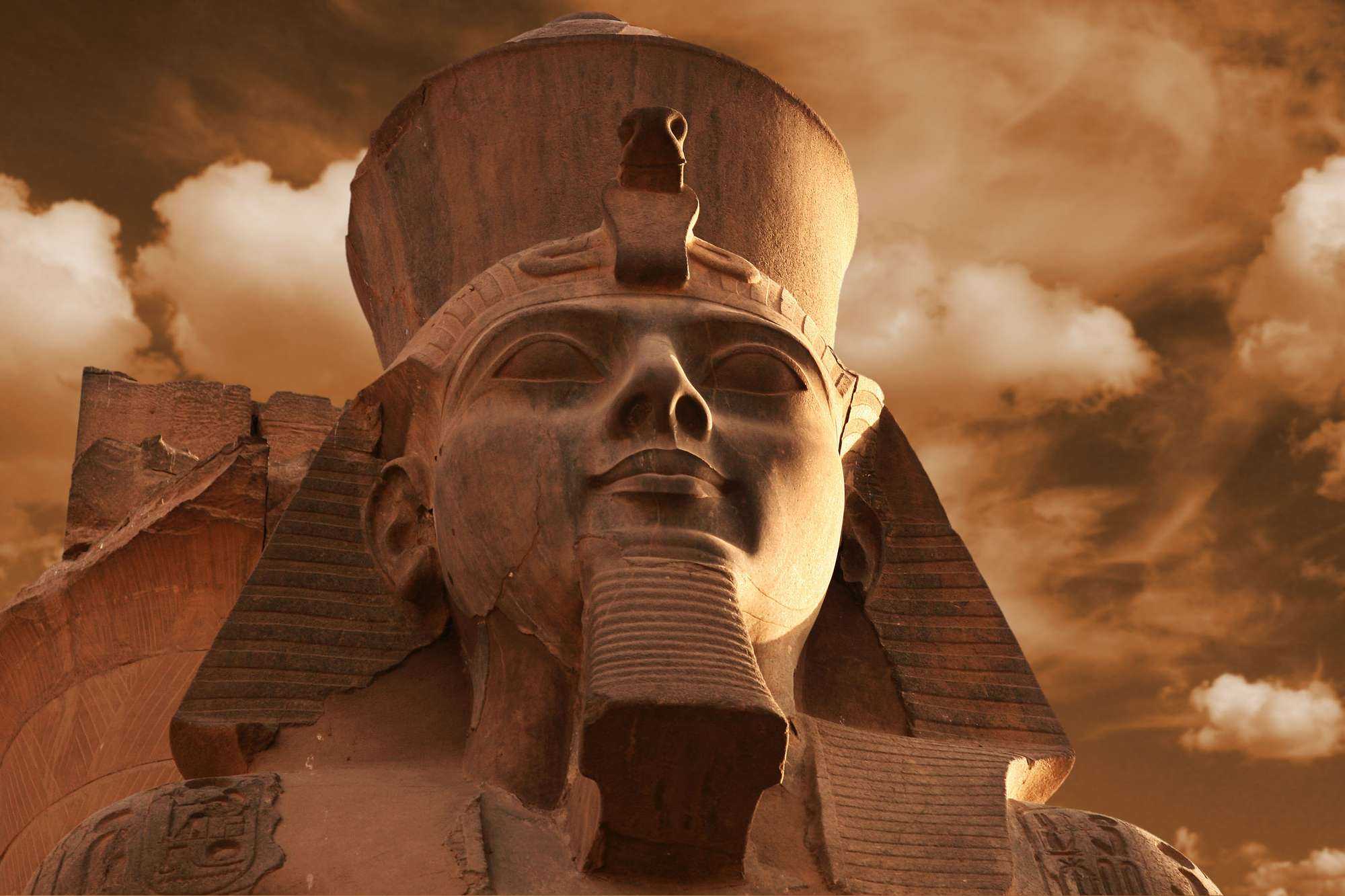BY DAVE RANKIN
If you ask anyone to ramble off a few ancient Egyptian names of women they have heard of, she would definitely be in their top five. Personally, she is arguably one of the most famous Kemetian women of all time. Yet, little is known of this stunning matriarch. It is here that I welcome our readers to our latest entry highlighting the life and times of “the most beautiful one,” the Great Royal Wife, Nefertiti.
British scholar Robin Walker described her as an “Enigmatic figure in Nile Valley history.” Truthfully, I can see why. From the very onset, Nefertiti’s origins are debatable. There are countless scholars who have committed to her lineage beginning outside of Kemet/Egypt. For starters, the late Dr. Asa Hilliard once declared that Nefertiti was a “Daughter of the Persian King Dushratta.” Despite this, you also have scholars who disagree with this position.
French historian Nicolas Grimal comes to mind as he stated that she was “The daughter of Ay and Tiy II and therefore the granddaughter of Yuya and Tuya.” In case you were wondering, the names of these people are all of African descent. It is here that I add that since “Ay and Tiy II” were members of the royal court, and a young Amenhotep the 4th may have been introduced to Nefertiti through her parents.
Regardless of her origins we know that she was born around 1370 BCE and married Amenhotep the 4th, later Akhenaten, very young. In our previous entries highlighting Akhenaten, we briefly outlined that they had six daughters together. Their names were Meritaten, Meketaten, Ankhesenpaaten, Nefernefruaten-tasherit, Neferneferure, and Setepenre.
Nefertiti was clearly a devoted wife and confidant to her husband. She followed his dream of changing the national religious worship from the deity Amen to Aten. She even had the titulature of “Nefernerferuaten” which loosely meant “Beautiful are the beauties of Aten” added to her name. Nefertiti was instrumental in assisting her husband when he had moved the capital city to Akhetaten or “Horizon of the Sun-disc” better known to the world as El-Armana.
There is very little description of her political duties however, there is some thought that Nefertiti may have also been co-regent. I have read somewhere that Akhenaten had joined his ‘cartouche’ or seal with his wife as a sign of equality. Although I was unable to locate another source to back up this detail. There were numerous sources that confirmed images of Nefertiti “distributing gifts to officials” or “standing in a war chariot wielding a mace to destroy her enemies.” There are also reports of Nefertiti wearing the crown of the nesew or pharaoh. Thus, putting her on a level close to the great female nesew Hatshepsut.
As for the depiction of her beauty in the arts, two items come to mind. The first, sculpted by the artisan Thutmose and presumably the most famous piece of art is the bust of Nefertiti which is now held at the Egyptian Museum in Berlin, Germany. Founded in 1912 during an excavation, the bust was created around 1340 BCE and is a stunning replica with unfathomable details that would rival any contemporary artist of the day.
The second is an elegant sculpture of Nefertiti’s body draped in pleated linen located in the Louvre in Paris, France. While the image is incomplete, the work shows a sensual side of Nefertiti standing with “Her left leg forward, with one arm hanging at her side.” It would be a dream come true to see both these images returned back to Egypt to stand in their national museum and not on foreign lands.
The details behind Nefertiti’s fallout with her husband and passing are obscure at best. Again, I implore our readers to watch the French animated film La Reine du Soleil. It may provide some perspective on what happened between the two lovers. However, one thing is for sure, Nefertiti’s power and beauty has definitely stood the test of time as one of Kemet’s greatest women of all time.

